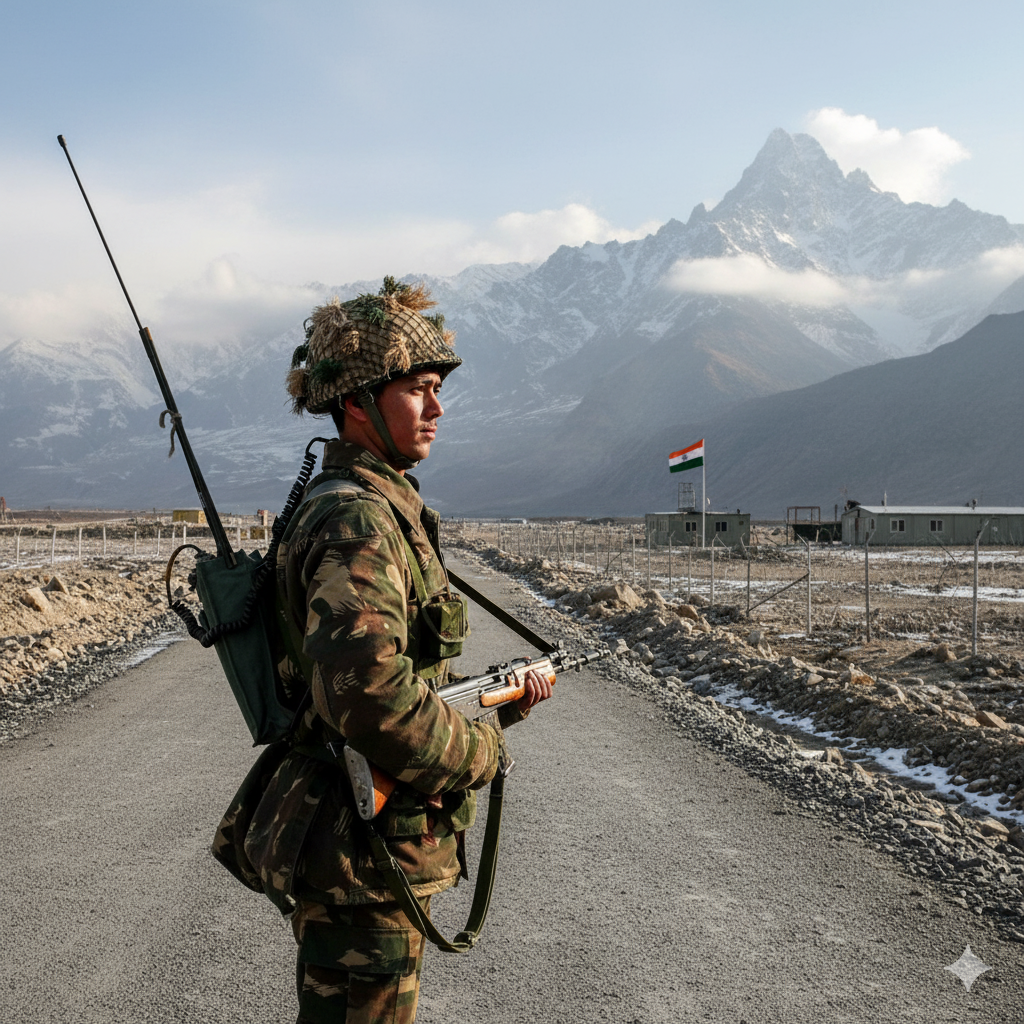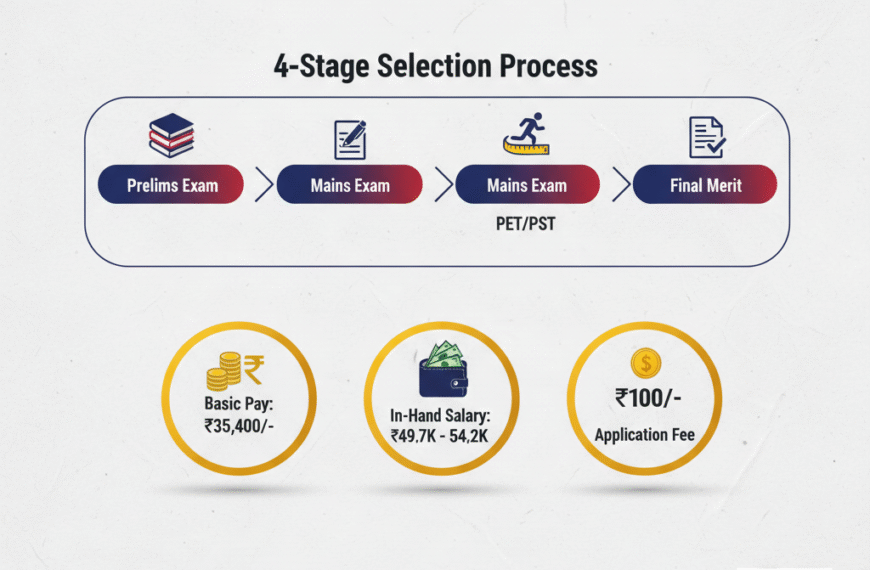The tense and complex relationship between the world’s two most populous nations, India and China, hinges critically on the situation along the Line of Actual Control (LAC), particularly in the rugged terrain of Ladakh. In a significant and hopeful development, recent high-level talks have been characterized as ‘positive’ by both sides, signalling a renewed and determined focus on diplomacy for peace and stability on the sensitive border. This momentum, building on a cautious thaw in the overall bilateral relationship, is not just a localized event; it is a vital step toward securing regional tranquility and has immense global implications.
This blog post dives deep into the outcomes and underlying strategic shifts driving this renewed push for peace, offering insights into what this means for the future of the India-China Ladakh border and the broader geopolitical landscape.
The 23rd Corps Commander Level Meeting: A Constructive Step Forward
The latest round of military talks, specifically the 23rd Corps Commander Level Meeting held at the Moldo-Chushul border meeting point, has emerged as a landmark event in the ongoing efforts to resolve the stand-off that flared up since 2020. Both militaries, through this established mechanism, engaged in what China’s Defence Ministry described as “active and in-depth communication on the control of the western section of the China-India border.”
Key Outcomes of the Positive Dialogue
The official readouts from both Beijing and New Delhi, while carefully worded, conveyed a spirit of cautious optimism, centering on several core agreements and shared views:
- Agreement to Maintain Dialogue: Both sides reaffirmed their commitment to continue communication through military and diplomatic channels. This sustained engagement is the bedrock for managing the situation on the ground.
- Focus on the Western Sector: The talks specifically zeroed in on the “management of the western section of the China-India border,” which includes Ladakh, the most contentious area post-2020.
- Consensus on Peace and Tranquility: Both countries acknowledged that peace and tranquility have been broadly maintained in the border areas, which is a crucial pre-condition for any forward movement towards disengagement and de-escalation in the remaining friction points.
- Guidance from Leadership: The dialogue was explicitly stated to be under the “guidance of the important consensus reached by the leaders of the two countries,” referencing meetings between Prime Minister Narendra Modi and President Xi Jinping, which provides the necessary political impetus for ground-level progress.
This continued emphasis on diplomatic resolution signals that neither nation wishes for a return to the volatile state of affairs seen just a few years ago.
Beyond the LAC: A Gradual Thaw in Bilateral Ties
The positive military talks do not exist in a vacuum. They are part of a broader, gradual process of normalization in the overall India-China relationship, which had plummeted to its lowest point in decades following the tragic Galwan Valley clashes. This “slow thaw” is evident in several concurrent developments:
1. Resumption of People-to-People Contact
A tangible sign of improving ties is the recent resumption of direct flights between India and China after a hiatus of several years. Services between cities like Kolkata and Guangzhou, and Shanghai and Delhi, have been reinstated. This move, as China’s Foreign Ministry spokesperson noted, is a “positive measure to facilitate friendly exchanges between more than 2.8 billion people.” The resumption of the Kailash Mansarovar Yatra for Indian pilgrims is another vital step in this direction, rebuilding trust at a cultural level.
2. Trade Relations Amidst Strategic Caution
Despite the military tensions, economic links have demonstrated remarkable resilience. China remains one of India’s largest trading partners. While India has maintained increased scrutiny on Chinese Foreign Direct Investment (FDI) and famously banned various Chinese apps post-2020, there are signs of limited cooperation. For instance, reports indicate China recently agreed to ease export curbs on crucial industrial equipment and materials that India’s growing manufacturing sector depends on.
Trust-Building Insight: As per a major global financial report, the bilateral trade volume between India and China, despite geopolitical tensions, crossed over $136 billion in a recent calendar year, underscoring the deep economic interdependence that acts as a compelling, albeit complicated, incentive for diplomacy for peace and stability.
3. Strategic Perspective and Mutual Interests
Both nations are global powers with a shared stake in a multi-polar Asia and a stable world order. Leaders have articulated a view that stable bilateral relations will have a positive impact on regional and global peace and prosperity. It acknowledges the complexity of their relationship, framing it as a balance between competition and cooperation.
The Long Road to Normalization: Challenges and Future Prospects
While the recent meeting on the India-China Ladakh border is indeed a “positive” development, it is crucial to understand that full normalization of ties remains a long and arduous process. Several friction points persist:
Unresolved Disengagement
While troops have disengaged from several flashpoints, certain legacy friction areas in Eastern Ladakh still require comprehensive resolution. The long, undemarcated Line of Actual Control (LAC)—which India claims to be 3,488 km long while China claims only 2,000 km—remains the fundamental problem. Without a clear agreement on where the LAC lies, accusations of “incursions” will continue to be a recurring flashpoint.
Fortification and Infrastructure
In a paradoxical move, as diplomatic talks progress, both sides have continued to fortify their positions and build significant infrastructure along the border. This includes new roads, bridges, and troop shelters, indicating a long-term commitment to securing their respective claims. While necessary for national security, this militarization adds a layer of complexity to the de-escalation process.
The Quad and Geopolitical Tensions
India’s strengthening strategic partnerships, particularly with the US, Japan, and Australia through the Quadrilateral Security Dialogue (Quad), are viewed with suspicion by Beijing. Similarly, China’s expanding influence in South Asia remains a source of concern for New Delhi. Managing these external geopolitical dynamics while pursuing internal diplomacy for peace and stability on the border is a major test for both nations.
Conclusion: A Shared Path to Stability
The ‘positive’ meeting on the India-China Ladakh border underscores a pragmatic shift by both giants: the understanding that long-term strategic competition must be carefully managed to prevent escalation and secure regional stability. Diplomacy for peace and stability is no longer a soft option but a hard-headed strategic necessity. This commitment to sustained dialogue, even with deep mistrust lingering, is a hopeful sign for both the people in the border regions and the global community.
The resumption of crucial diplomatic and military channels, as seen in the 23rd round of talks, provides the best hope for ensuring that the unresolved border issues are tackled with maturity and mutual respect, paving the way for a more predictable and stable bilateral relationship.
Suggested Image/Infographic: An infographic titled “The Path to Peace: Key Milestones in India-China Diplomacy.” It should be a timeline graphic visually showing: 1. Galwan Clash (2020) (Low point) → 2. Key Disengagements (2021-2023) → 3. PM-President Meeting (2024/2025) → 4. 23rd Corps Commander Talk (Recent ‘Positive’ meeting) → 5. Resumption of Flights (Recent normalization step). Use a gradient line from red (tension) to green (stability).
Further Reading & Authority Sources
- Internal Link 1 (Related Geopolitics): The Shifting Sands of Himalayan Diplomacy: Analyzing the Role of Buffer States.
- Internal Link 2 (Related Economy): India’s ‘Make in India’ Ambition and the Challenge of Chinese Imports.
- External Link 1 (Official Statement): Ministry of External Affairs, India – Press Releases on India-China Corps Commander Level Meeting.
- External Link 2 (Expert Analysis): The Diplomat – In-depth analysis of the India-China Border Standoff.










